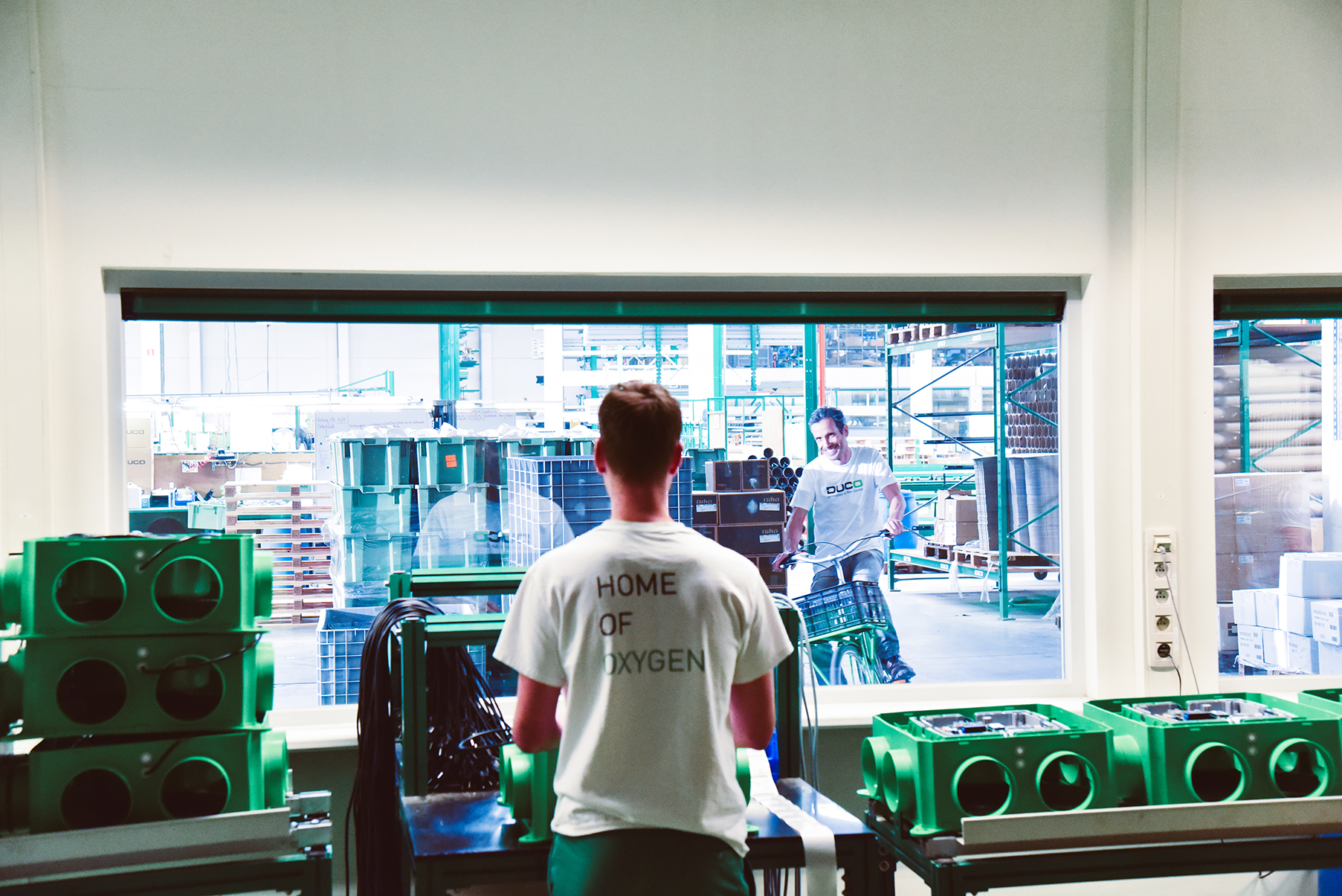Over the past few years, an increasing number of production companies have witnessed greater diversity in customer orders, characterized by lower unit counts per order. This trend underscores the centrality of Single-Minute Exchange of Die (SMED) principles in enhancing operational efficiency. In practical terms, SMED focuses on streamlining the setup and changeover processes to achieve faster transitions between different products. When a production line can switch seamlessly from one product to another within minutes (ideally less than ten), it significantly improves productivity and flexibility.
The term “die” in SMED refers to the tooling or equipment used in manufacturing processes. For example, in metal stamping, changing the die involves replacing the mold or cutting tool. SMED principles apply across various industries, including automotive, electronics, and food production.
Challenges
Implementing SMED can be challenging due to several factors:
- Frequent Changeovers: Industries that produce various products or variants often require frequent changeovers. However, these changeovers lead to downtime, affecting overall productivity. The challenge lies in balancing the need for flexibility (to meet diverse customer demands) with the need for efficient changeovers. These changeovers have become more important over the last couple of years due to an increase in orders, accompanied by a decrease in units per order across various manufacturing sectors.
- Complexity of Equipment: Some machines have complicated setups, involving multiple adjustments, parts, and tools. Simplifying the setup process without compromising quality or safety is a huge advantage.
- Lack of Awareness: Many companies underestimate the impact of changeover time on overall production costs. Raising awareness among operational teams about the importance of SMED and its potential benefits is crucial.
- Workforce Constraints: Limited availability of skilled operators during changeovers can hinder efficient execution. Allocating tasks efficiently to minimize operator idle time is essential.
Data-driven approaches can significantly enhance SMED implementation:
- Historical Changeover Data: Collecting and analyzing historical changeover data helps identify patterns and bottlenecks. By understanding which specific steps take longer than necessary, companies can target improvements effectively. Analyzing the actual changeover data will bring important insights, complementing the knowledge and established patterns already recognized by operators.
- Predictive Analytics: Predictive models estimate changeover times based on various factors, such as product type, machine specifications, and historical data. Anticipating changeover requirements allows for better resource allocation. To achieve this, recipe and order information need to be made available.
- Real-time Monitoring: Implementing sensors and monitoring systems provides real-time feedback during changeovers. Operators can stay on track and identify deviations as they happen.
- Machine Learning Algorithms: Machine learning algorithms optimize task allocation during changeovers. Creating scheduling heuristics minimizes operator idle time and reduces changeover downtime costs.
In summary, SMED is a powerful tool for improving manufacturing efficiency. Overcoming its challenges requires a data-driven approach. Every minute saved during changeovers contributes to a more agile and competitive production environment.
References
Subscribe to our RSS feed
Contact Codit today to see how we can help your organization to optimize production efficiency within manufacturing operations
Contact Christoph
General Manager Codit Switzerland
